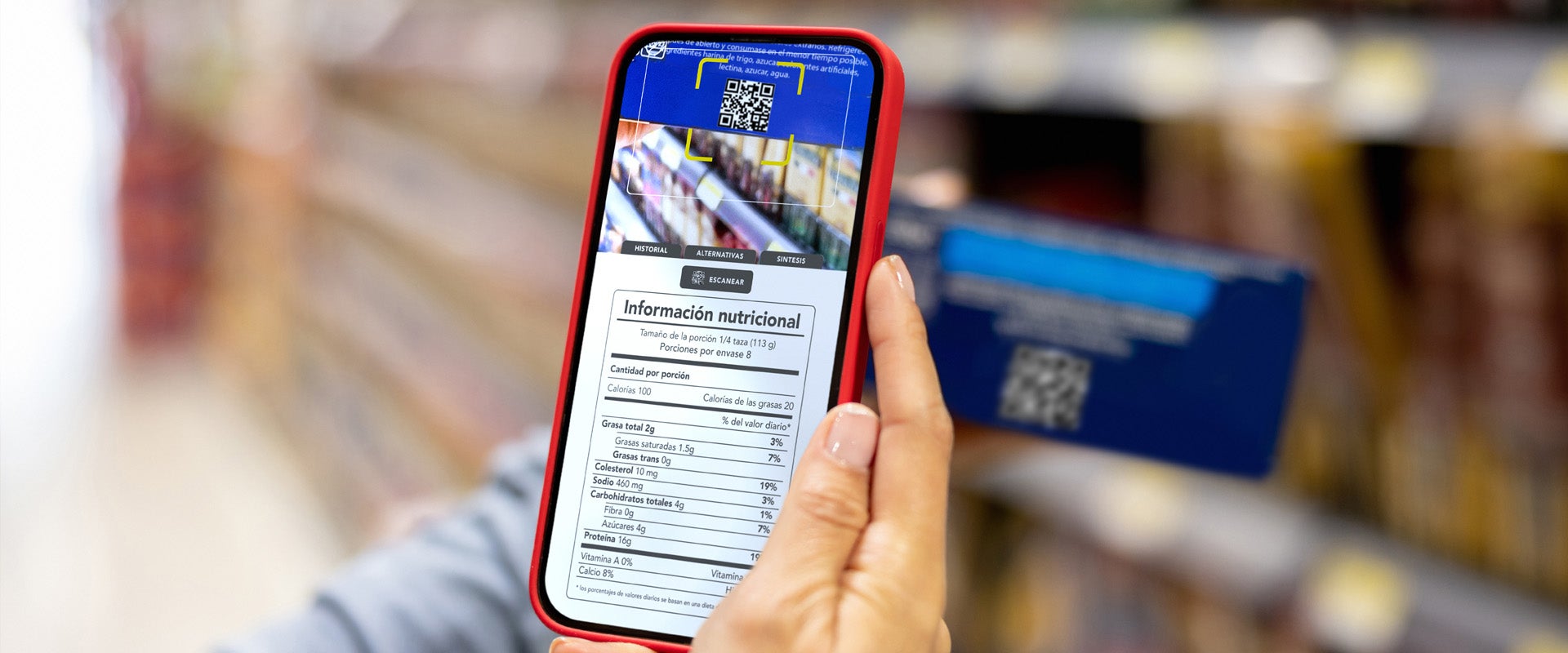
Innovation and Smart Packaging Redefine European SKU Strategy Across Sectors
Part 2 of a four-article series on the 2025 European Brand Owner Packaging Survey
- Article

Part 2 of a four-article series on the 2025 European Brand Owner Packaging Survey
Packaging is undergoing a strategic reinvention across Europe. No longer a static line item in the supply chain, it’s now a dynamic platform for innovation — and stock-keeping unit (SKU) development sits at the centre of this transformation. New product formats, smarter labels and intelligent materials: brand owners are doubling down on packaging as a lever for growth, differentiation and operational efficiency.
These are the findings from L.E.K. Consulting’s fourth annual European Brand Owner Packaging Survey, conducted in December 2024 and January 2025. The survey, encompassing 645 brand owners across Germany, France, the UK, Spain, Italy and Poland, provides a detailed view into how companies across sectors are investing in packaging and SKU innovation in a more fragmented and fast-evolving consumer landscape.
This article, the second in our series, unpacks how SKU investment is evolving by category, the rise of smart packaging features, and the strategic logic driving design and format decisions. The next will examine how these innovations intersect with the growing demands for sustainability and compliance.
Investment in SKU innovation is rebounding. During the coronavirus pandemic, many brand owners and retailers reduced SKU counts and refocused their portfolio to cut complexity and cost, amid a decline in traditional retail and a surge in e-commerce, as well as a consumer shift back to core brands and household staples.
Since then, the macroeconomic environment has experienced both short-term reprieves and a number of external shocks. As a result, while nearly half of brand owners kept innovation spend flat or reduced it between 2020 and 2024, 80% now expect to increase investment in the next four years (see Figure 1).
The fastest-moving sectors are beauty and personal care (62% have increased investment) and healthcare, pharma and wellness (61%). These categories are both innovation-intensive and margin-sensitive, making SKU diversification a powerful tool to tailor offerings across geographies, price points and consumer segments.
The highest positive change towards more innovation is expected for beverage, from 46% which increased spend in the past to 77% planning increases in the future. Other very material increases are reported for food and retail.
SKU strategies are being re-engineered around flexibility and speed. According to our survey, 45% of respondents describe their 2024 approach as “flexible innovation funnels,” and 44% point to “customisation/personalisation.” Nearly as many (43%) say they are prioritising digital-first or technology-driven launches (see Figure 2).
Spending plans for the next two years reflect this. The top three investment areas are flavour variation, pack size changes and packaging redesigns — all of which support agile marketing, seasonal campaigns and market-specific adaptation.
Smart packaging is no longer niche. Adoption is now broad-based, with 69% of respondents using temperature or freshness indicators, 40% deploying mislabelling identifiers, and 39% using tamper-evident mechanisms. But the real story lies in how these features are being deployed by sector (see Figure 3).
In beauty and personal care, smart packaging is driving margin. One German brand shared, “The temperature sensor patches we added to skincare product packaging attract customers who value quality. We’ve increased margins by 10%.” Polish respondents in the same sector noted a 15% lift from QR codes linking to product information and usage tips.
In healthcare, smart features are being used to support adherence and patient outcomes. A German pharma brand added an electronic display reminding users when to take medicine: “It’s particularly appreciated by older customers,” the company reported.
Meanwhile, food and food service brands are leveraging QR codes to build engagement. A Spanish company explained, “We used QR codes to unlock exclusive recipes, generating greater loyalty and margins.” Others cited smart freshness indicators that help optimise pricing and shelf rotation in retail settings.
Retailers are applying smart tech for operational efficiency as much as customer engagement. One German respondent said, “We analysed sales patterns in terms of freshness indicators to optimise stock levels and prices.” Across regions, the most consistent use cases converge around margin enhancement, experience differentiation and inventory agility.
What’s clear is that SKU innovation in Europe is neither isolated nor opportunistic; it’s coordinated, data-driven and increasingly sector-specific. Brands are using packaging not just to contain product, but also to optimise performance across shelf appeal, consumer interaction and operational resilience.
The result is a high-stakes balancing act: tailoring SKUs to diverse needs while avoiding complexity creep and supply chain fragmentation. For leading brands, the answer lies in smarter design, modular innovation frameworks, and embedded technology that pays off in both margins and market share.
IRead our previous article on cost management. In our next installment we’ll explore how sustainability is being woven into this picture — and whether smart packaging and SKU expansion can coexist with Europe’s increasingly strict environmental mandates.
Please contact us to find out more.
L.E.K. Consulting is a registered trademark of L.E.K. Consulting All other products and brands mentioned in this document are properties of their respective owners. © 2025 L.E.K. Consulting